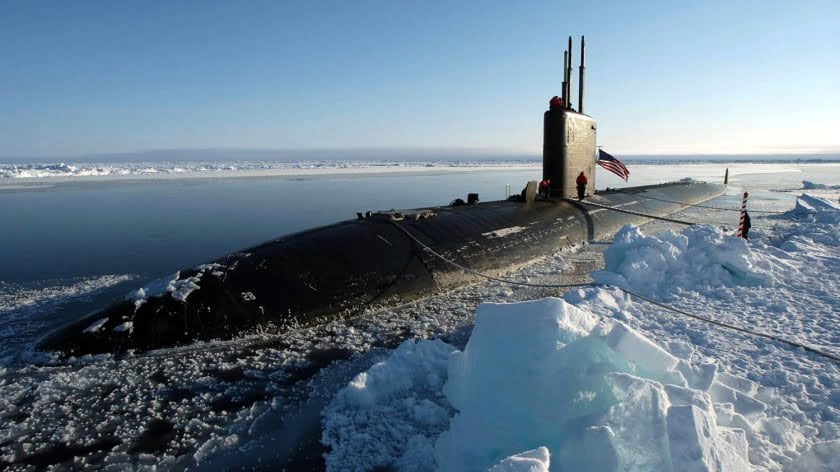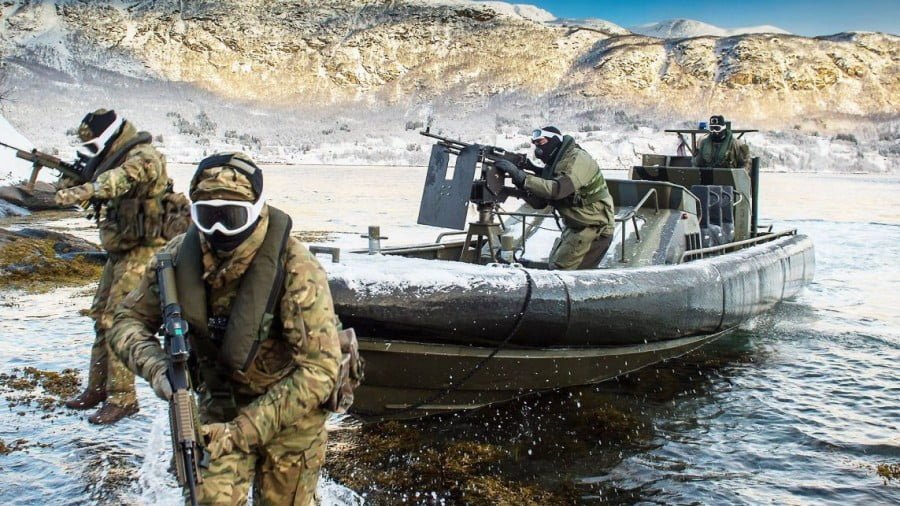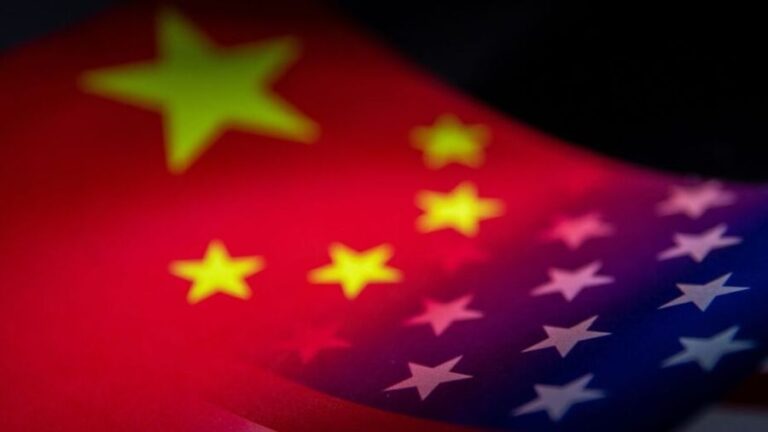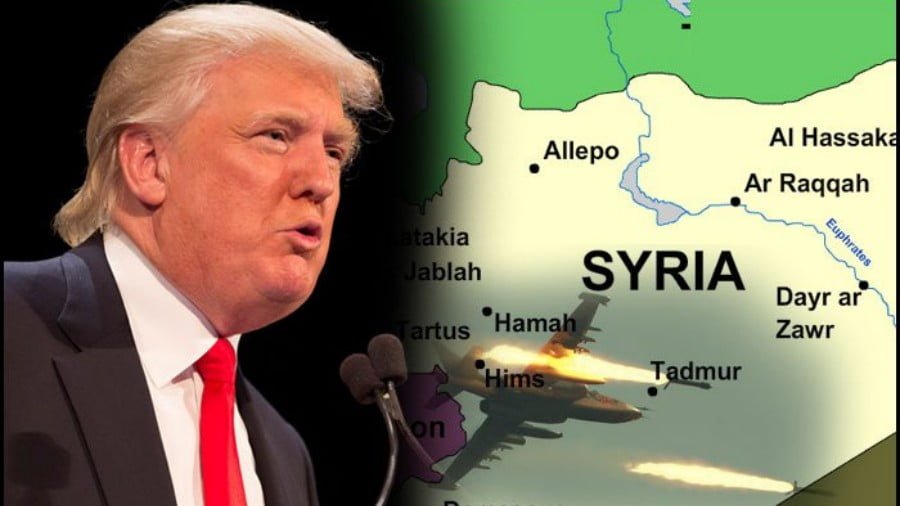North Korea to Test ICBM: War Looms Large in Pacific
North Korean leader Kim Jong-un said in a televised new year’s address that he was prepared to test-fire an intercontinental ballistic missile (ICBM). On January 8, the country’s leader stated the ICBM will be launched anytime and anywhere.
The statements fueled speculation that Pyongyang will test a missile around the time of Trump’s inauguration. In response, President-Elect Donald Trump has vowed the test will not happen. He gave no indication as to how his administration intends to proceed, prompting speculation about a possible US military strike against a North Korean launch site.
https://twitter.com/realDonaldTrump/status/816057920223846400
On January 8, Secretary of Defense Ash Carter said that the US would be willing and able to shoot down the missile if it crossed over the territory of the United States or its allies. «If it were coming-if it were threatening to us, yes. That is, if it’s predicted impact or one of our friends or allies, yes, we would shoot it down», Carter said on the NBC television program Meet the Press.
Former US Defence Secretary William Perry voiced concerns that Trump’s tweet suggested «he might take military action against North Korea’s missile program». In December, 2015 the former defense chief published the book titled My Journey at the Nuclear Brink where he described the plans to deliver a first strike against North Korea in the 1990s.
In 2006, Ashton Carter and William Perry proposed to destroy a North Korean missile on the launch pad.
Speaking at the Centre for Strategic and International Studies (CSIS) last December, General Walter Sharp, former head of US Forces Korea, declared that the US had to demonstrate the capability to destroy North Korean missiles both on the ground before they were launched, and after launch. Any North Korean retaliation, Sharp suggested, should be met with an overwhelming military attack. «We have to make sure… he [Kim] knows that if he responds after we take one of his missiles out that there is a lot more coming his way».
According to the Council on Foreign Relations task force report published last September, the US might have to consider military actions against North Korea’s nuclear and missile capabilities.
It was reported in December, 2016, that the US Defense Department was revising the contingency plans to strike North Korea. During a Senate Armed Services Committee hearing last December, Sen. Lindsey Graham said he would introduce a legislation to authorize the use of military force to provide the president with the statutory approval to preemptively prevent North Korea from finishing the development of its ICBM.
Meanwhile, the US has deployed high-tech radar to keep watch for a potential North Korean long-range missile launch, according to a US defense official. It is the first US military response to Pyongyang’s claim it could launch an ICBM. The sea-based X-band radar (SB-X) is able to track the long-range launches and provide crucial data. According to CNN, additional surveillance assets are being identified to monitor activity on the Korean Peninsula, but the official declined to discuss any details.
On January 11, the US Treasury froze all US property interests and assets belonging to seven North Korean government officials allegedly engaged in human rights abuses.
US President-elect Donald Trump offers no changes to the policy of isolating North Korea, but during the election race he expressed the desire to invite the North Korean leader to Washington for talks over hamburgers. According to a senior U.S. intelligence official, President-elect Donald Trump’s first, and at that time only, request for a special classified intelligence briefing was for one on North Korea and its nuclear weapons program.
The future plans of the new US administration include making Beijing to pressure Pyongyang. If China won’t rein North Korea in, Trump has suggested the US should «make trade very difficult» with Beijing. He has also suggested that he would have China assassinate the North Korean leader to make him «disappear in one form or another very quickly».
Pyongyang has been under UN sanctions since 2006 over its nuclear and ballistic missile programs. In 2016, North Korea conducted 20 missile tests. The sanctions were tightened last November in response to North Korea’s fifth and largest nuclear test on Sept. 9 when Pyongyang tested a nuclear device that had a yield between 10 and 20 kilotons. By way of comparison, the Hiroshima bomb had a yield of 15 kilotons. Increasing international sanctions imposed have failed to deter the North from intensifying its development efforts.
Pyongyang is believed to have the ability to strike nearby South Korea and Japan with a nuclear weapon. There is no reason to believe it has the ability to reach the continental US but North Korea possesses intermediate range ballistic missiles (IRBMs) that can reach the US territory of Guam. Pyongyang has made some progress on the way of developing a nuclear warhead capable of reaching the US about 5,500 miles way (9,000km). But no ICBM tests have been so far conducted.
Last February, North Korea launched a satellite into space, which was widely seen as a test of long-range ballistic missile technology. The test suggested that North Korea was on the verge of developing a missile that could carry a 1,300-pound warhead some 7,000 miles. Pyongyang is believed to be capable of mounting a nuclear warhead on a ballistic missile but the claims to be able to miniaturize a nuclear device have been questioned. Nor has it yet tested the missile’s re-entry capability needed to reach a specific target while withstanding extremes of temperature and vibration.
The US-Korea Institute, a US think tank based at Johns Hopkins University, speculated that North Korea could develop ICBM technology by 2020. Thae Yong-ho, a former North Korean diplomat who defected in July and currently resides in London, said Pyongyang could reach the goal in 2017.
The Guardian cites Melissa Hanham, a senior research associate at the Middlebury Institute of International Studies at Monterey, California, saying North Korea has made significant progress in developing the technology. She said 2016 «marked the year North Korea truly ramped up their WMD program», adding: «I think we’re going to see a [ICBM] flight test in 2017».
A conventional strike on North Korea would almost certainly escalate to war. Pyongyang has a 1.1 million-man army, including a mechanized infantry corps, an artillery corps, an armored corps, and several infantry corps. 13,000 artillery pieces deployed along the demilitarized zone, 30 miles from Seoul. North Korea has 800 Scud short-range tactical ballistic missiles, 300 No Dong medium-range missiles, and 100–200 Musudan intermediate-range ballistic missiles.
The Scud missiles can reach anywhere in South Korea, the No Dong missiles can target all of Japan, and the Musudan missiles can hit US bases on Okinawa and Guam. The country spends an estimated 25 percent of its gross national product on its military.
One of the consequences of North Korean nuclear and missile programs is producing a justification for US ballistic missile defense (BMD) plans in the Pacific. South Korea is expected to host the US THAAD missile defense system in 2017. Japan is also studying the possibility of deploying THAAD on its soil. The BMD deployment will inevitable deteriorate the US relations with Russia and China.
True, the North Korea’s nuclear policy has been sharply condemned by international community, including Russia and China who call for the Six Party talks process to be revived. North Korea is not a divisive issue as all UN Security Council permanent members condemn Pyongyang. This is the problem that unites, not divides, the great powers.
The worrisome events call for coordinated activities. On their part, the US and South Korea could stop holding large-scale exercises not to provoke Pyongyang and undermine the efforts to make it sit at the round table. Instead, they could discuss the prospects for a peace treaty with North Korea – something that has always been avoided during the attempts to reach an agreement with it. There still is hope that the resumption of Six Party talks can prevent Pyongyang from developing a nuclear-capable ICBM.
The leaders of Russia, the US and China could set differences aside and concentrate on a joint effort to tackle this particular problem. The alternative is a military action taken by the United States that is much more likely to escalate into a full-blown regional confrontation with a million-man North Korean army and unpredictable consequences. Perhaps, an international effort has a slim chance to succeed, but a military strike would kill any hopes to avoid a war.
By Alex Gorka
Source: Strategic Culture







